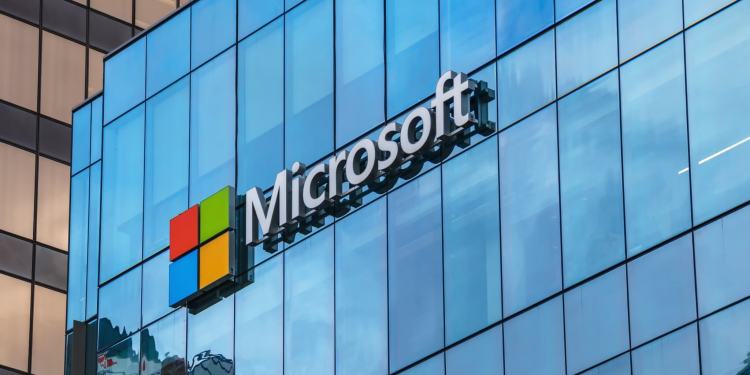In conjunction with the Davos conference in Switzerland today, Microsoft announced plans to, in the next two years, double the size of its artificial intelligence (AI) research and development group in Montreal, which it established through the very recent acquisition of startup Maluuba.
“Microsoft is excited to engage with faculties, students and the broader tech community in Montreal, which is becoming a global hub for AI research and innovation,” Microsoft president Brad Smith said at Davos, according to a blog post from Janet Kennedy, president of Microsoft Canada.
Google, which has also acquired AI startups and has employed AI researchers internally for years right alongside Microsoft, formed an AI research group in Montreal just two months ago. Both Google and Microsoft have forged connections with Yoshua Bengio, a luminary in the AI field of deep learning, a subsector of AI that involves training artificial neural networks on lots of data and then getting them to make inferences about new data. Microsoft recently backed AI-oriented startup accelerator Element AI, of which Bengio is a cofounder.
Facebook hired another luminary, Yann LeCun, to run its AI research lab in 2013, and Google picked up a different one, Geoff Hinton, through the 2013 acquisition of DNNresearch. The other top figure, Andrew Ng, previously headed up the Google Brain AI project but decamped to Chinese search company Baidu in 2014.
On top of its AI expansion in Montreal, Microsoft says it will additionally make “gifts” to pay for AI research in the amounts of $6 million Canadian ($4.56 million USD) to the Université de Montréal and $1 million Canadian (around $760,000 USD) to McGill University.
VentureBeat's mission is to be a digital town square for technical decision-makers to gain knowledge about transformative enterprise technology and transact. Learn More

